From the Collection: A Few Staff Favorites
We miss sharing unexpected gems with you in person at the Archive. In this new series we’ll share them from afar.
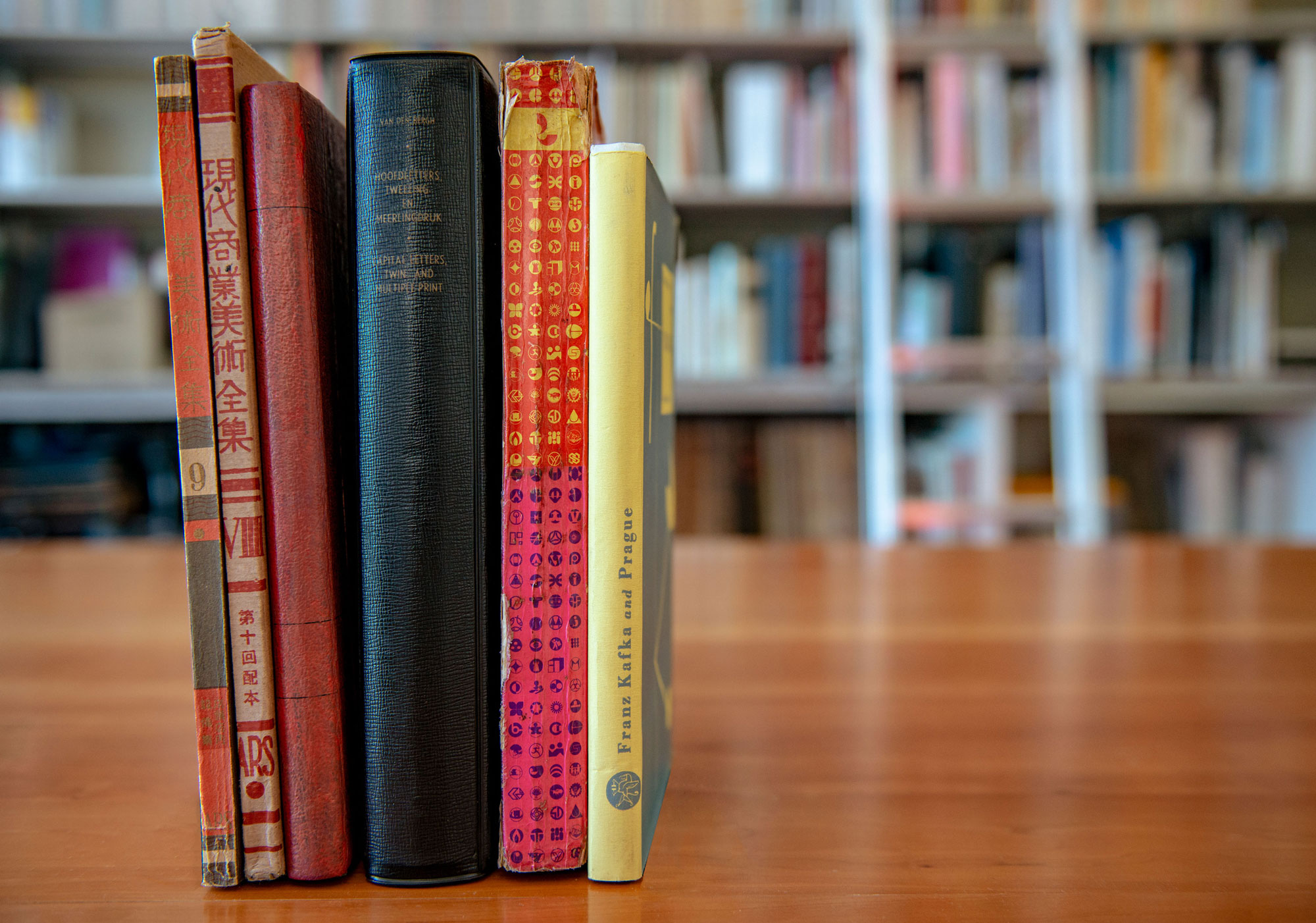
A while back, the design publication It’s Nice That invited us to share some of our favorite books for their “Bookshelf” series. It was a nice way to introduce an international audience to a few of the unusual and delightful objects we regularly show in our on-site tours. As we continue to be closed to visitors during the pandemic it’s a good time to reprise that piece, along with more images of the books, and a new selection from Florence Fu, which is not a book at all.

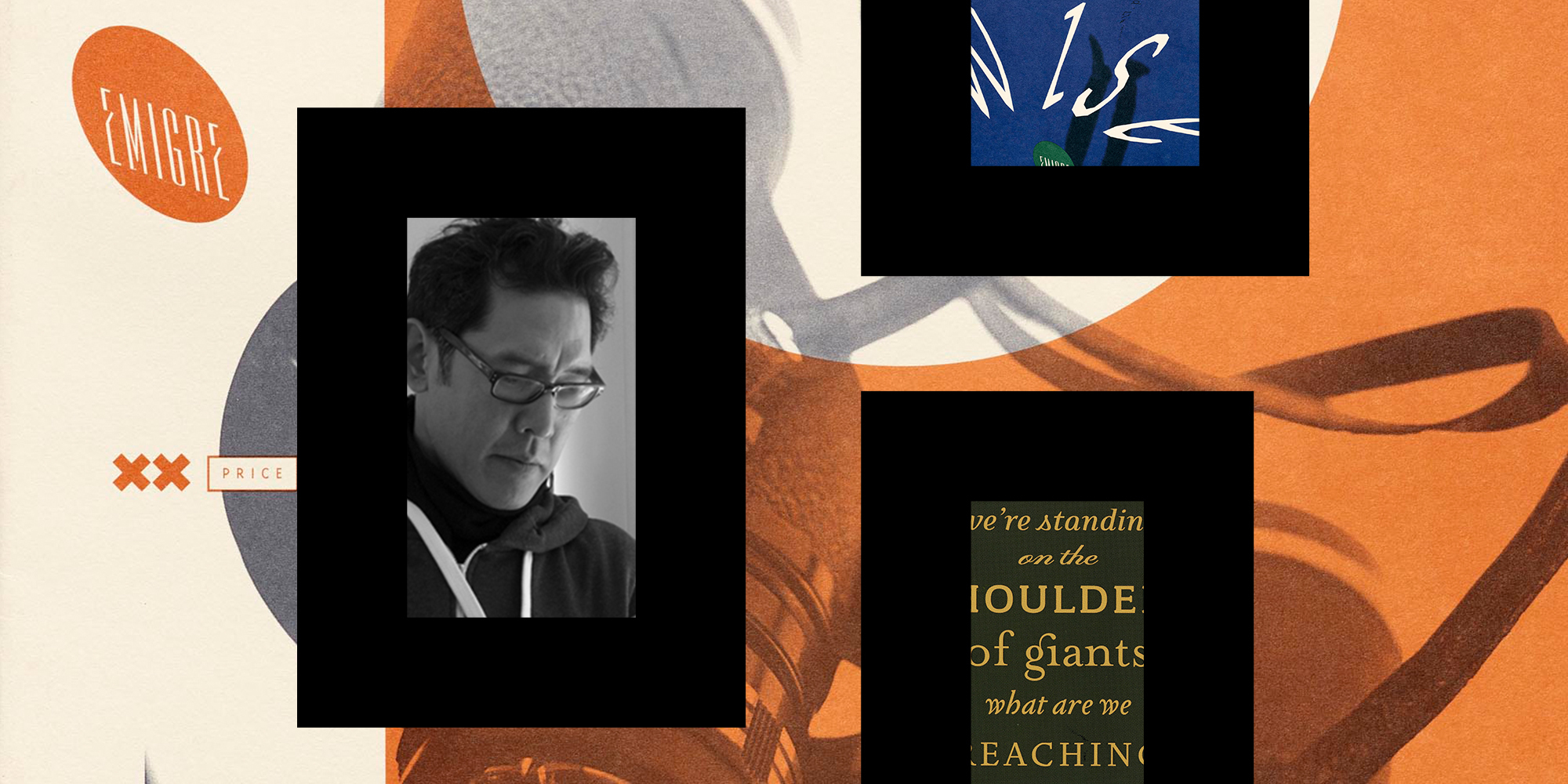
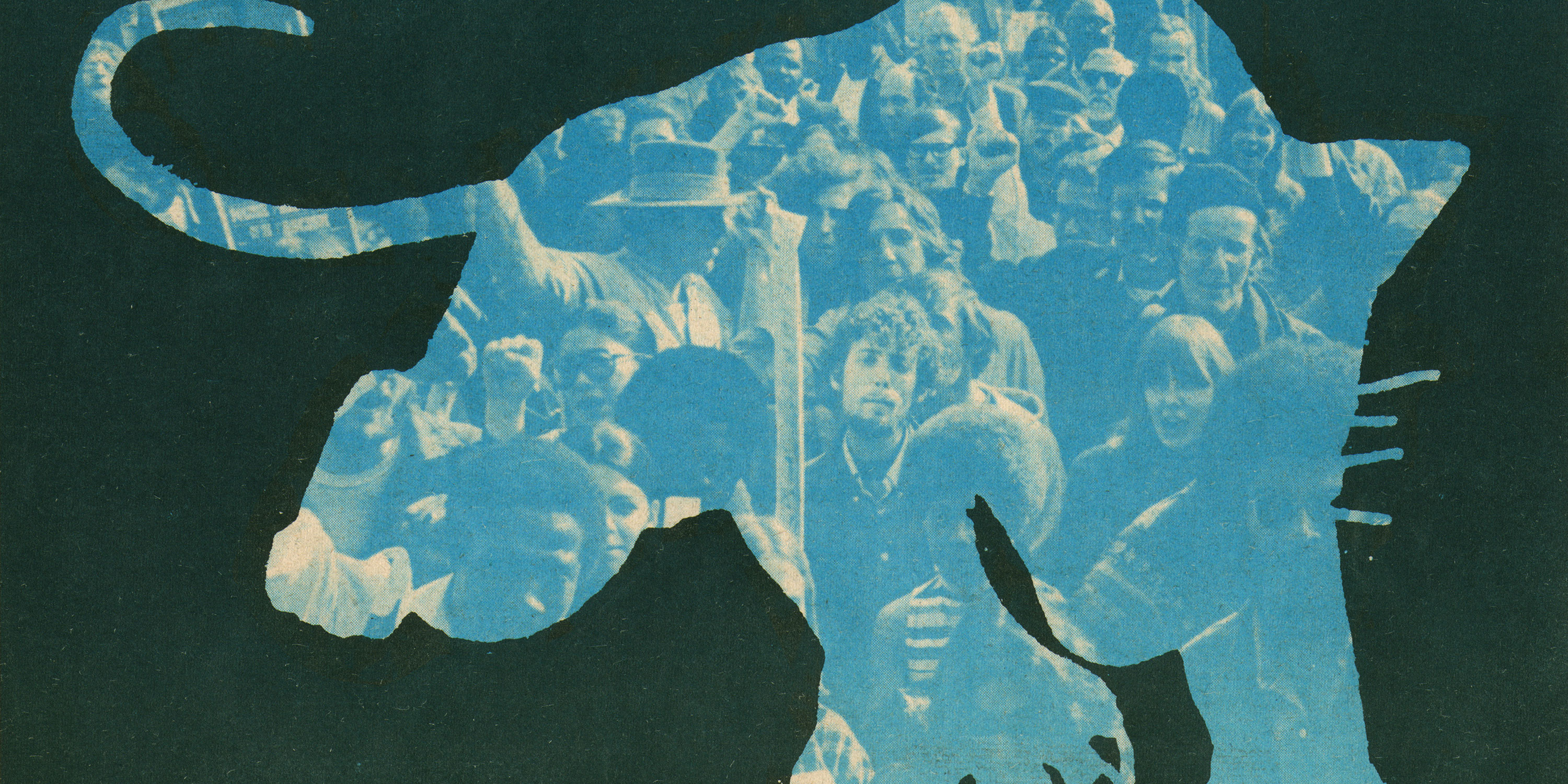
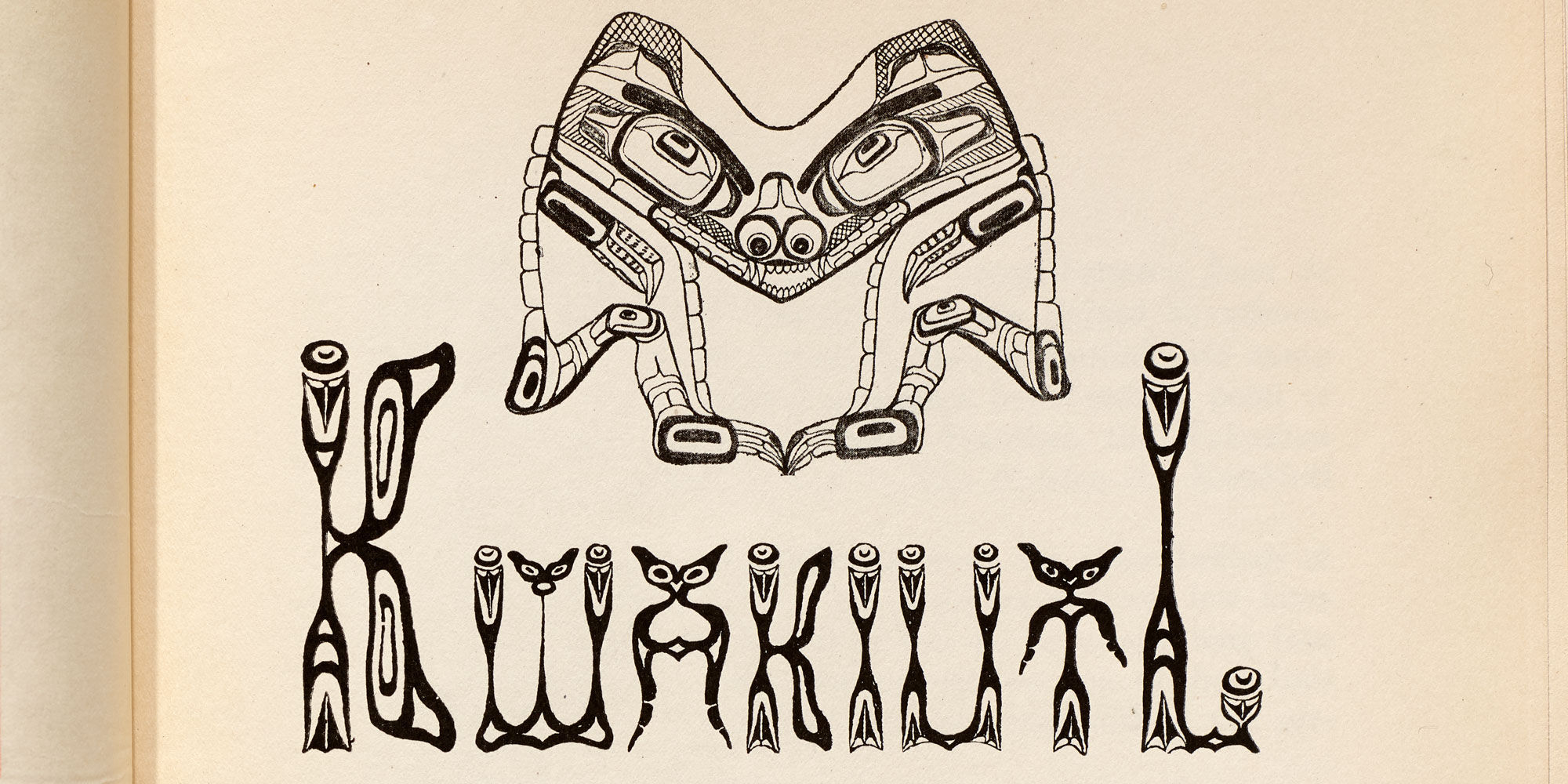
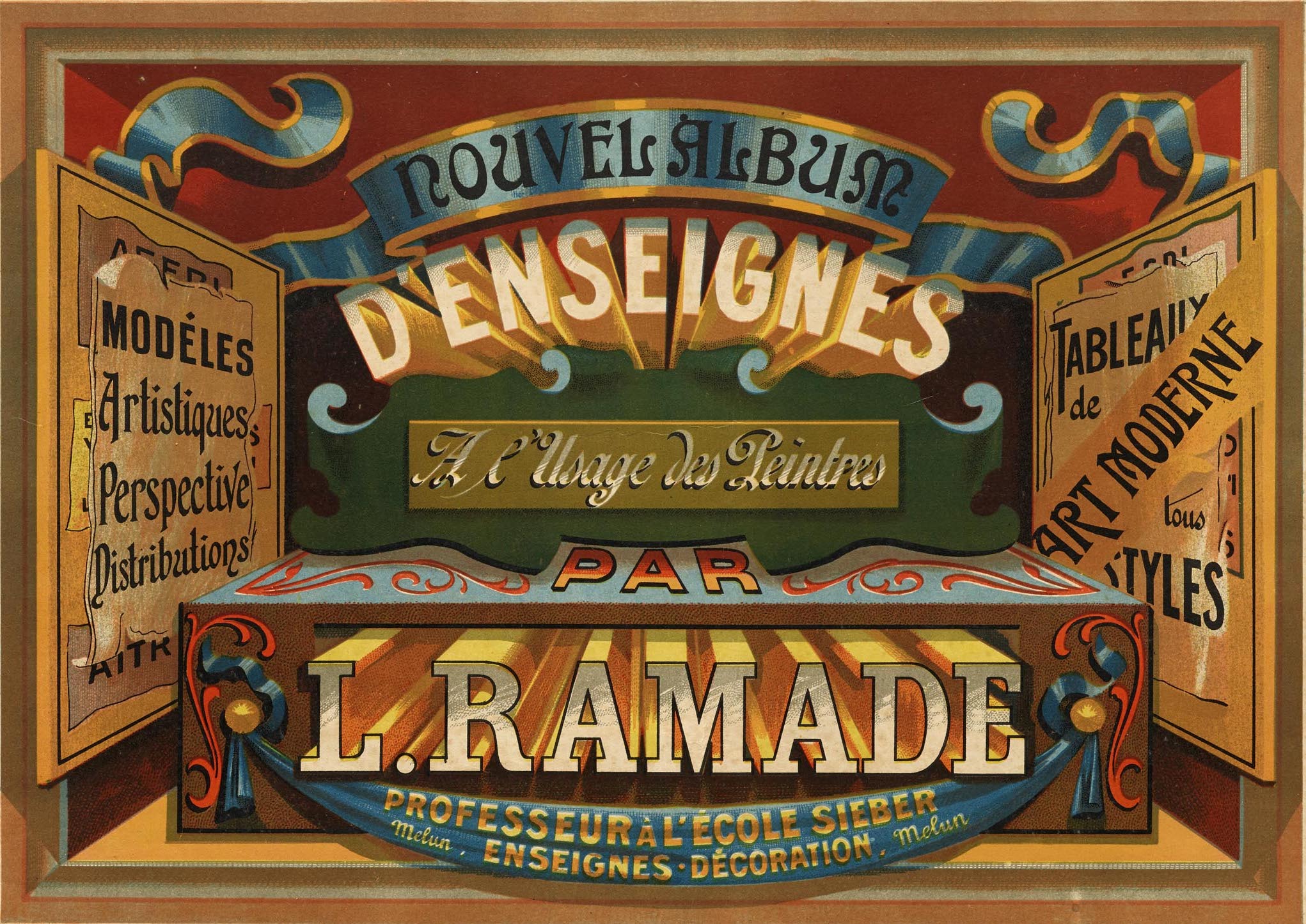
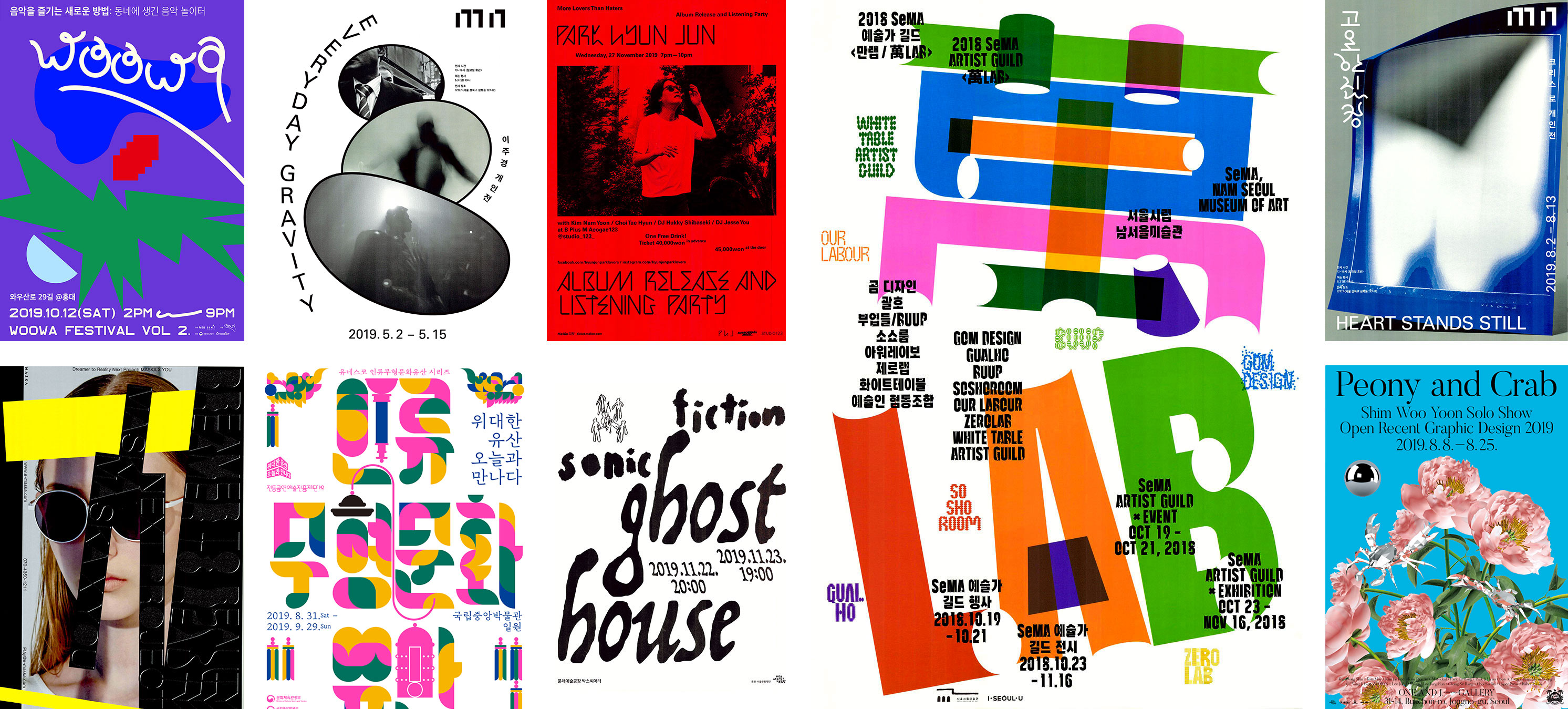
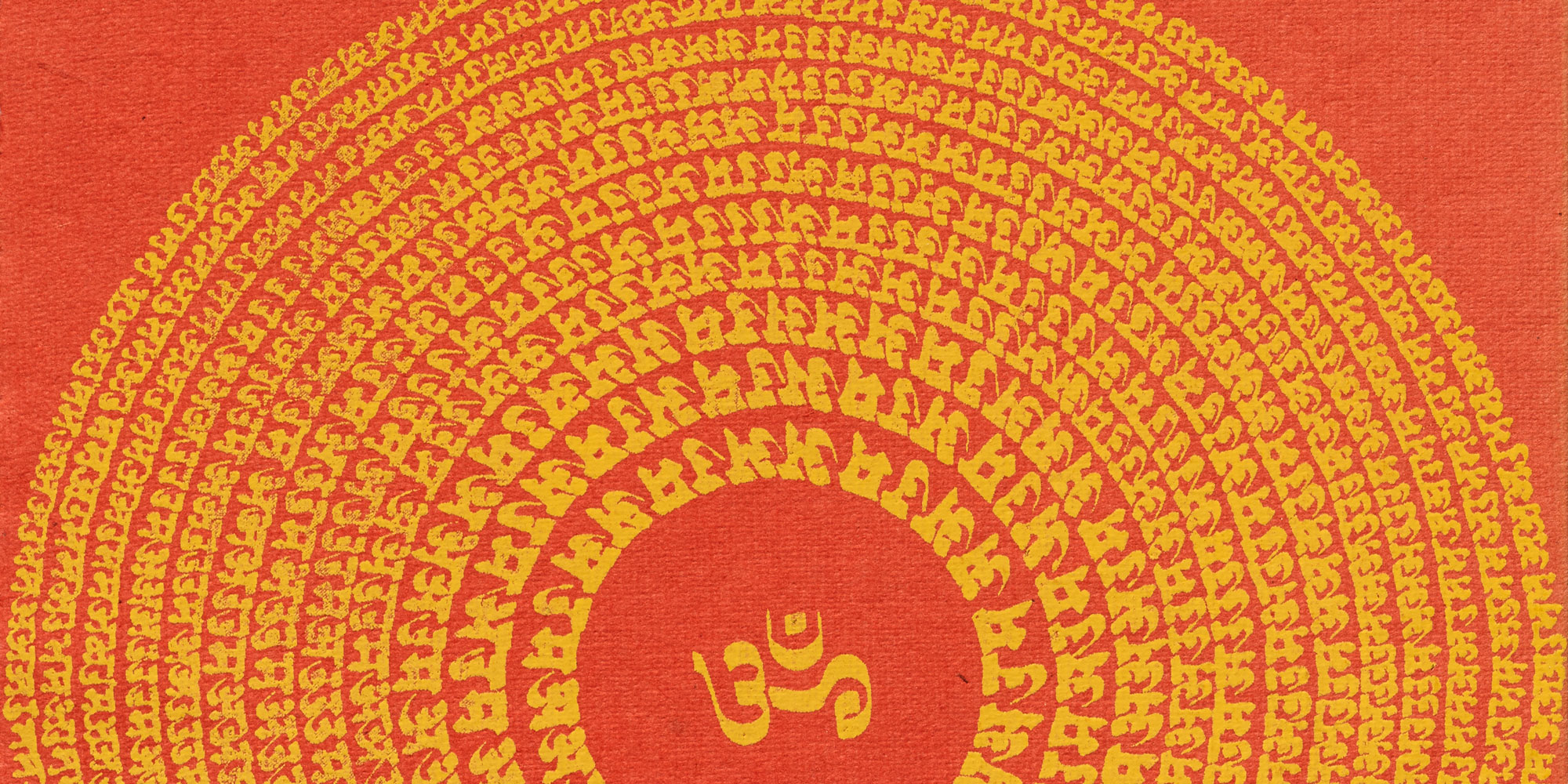
-rooster-1919.jpg)